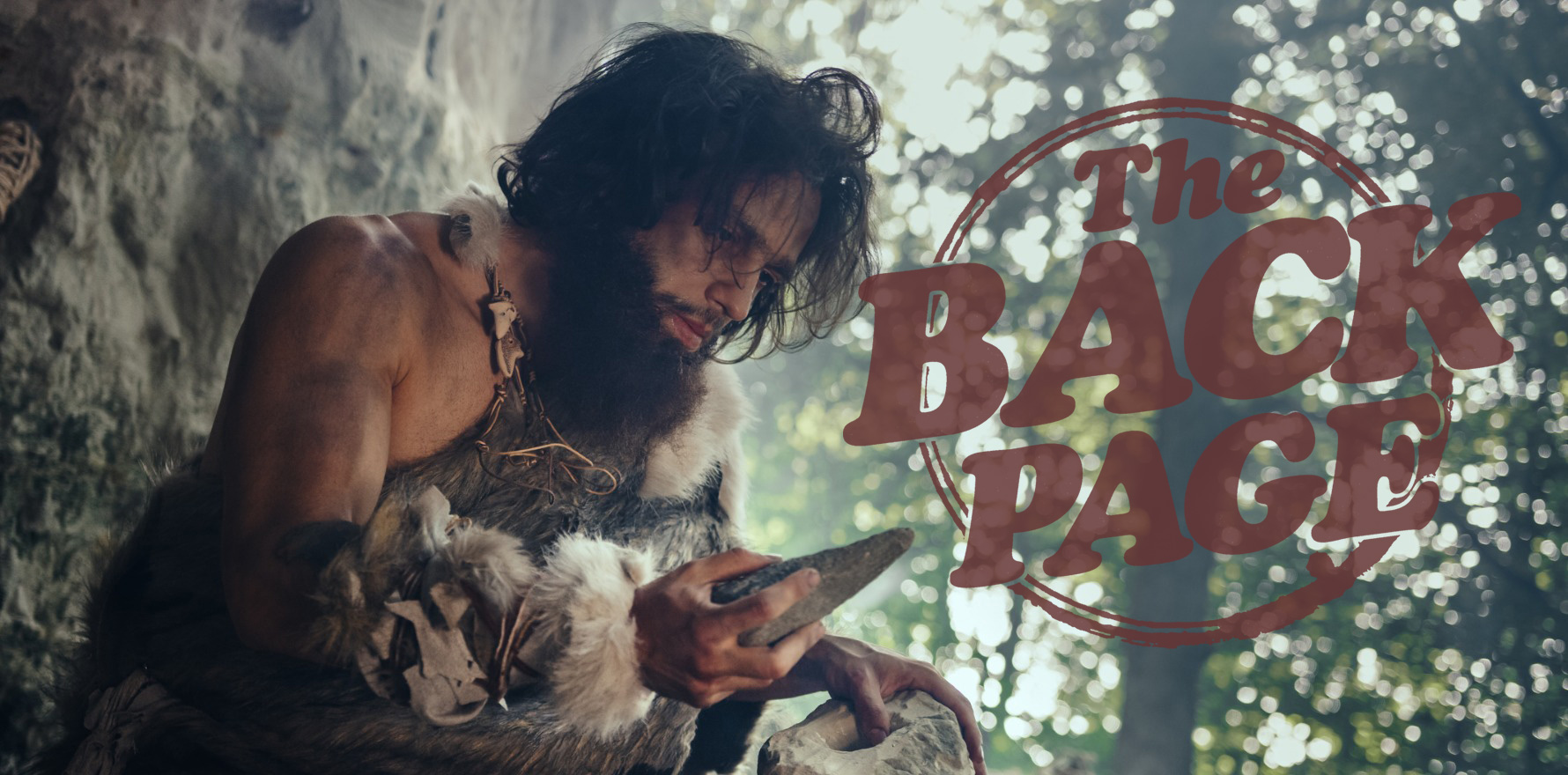Surgery in the last Ice Age may not have been that bad after all.
We’ve always understood that surgical procedures around 31,000 years ago were a bit basic, but a recent find in Borneo by a team of Aussie and Indonesian archaeologists is turning that idea on its head.
Led by Dr Tim Ryan Maloney, a research fellow at Griffith University’s Centre for Social and Cultural Research, the team say the skeletal remains of an Ice Age kid reveal the surgical amputation of a third of their left lower leg.
Their study was published last week in Nature.
By analysing the bones, the team ruled out an animal attack or other inconvenience of Ice Age life, concluding this was a “deliberate surgical amputation at the position of the distal tibia and fibula shafts”.
And the evidence suggests Dr Flintstone and team were a highly professional bunch.
To pull this one off (so to speak), they must have had detailed knowledge of limb anatomy and muscular and vascular systems to prevent fatal blood loss and infection.
During the op, according to the researchers, they must have exposed and negotiated the leg’s surrounding tissue, including veins, vessels and nerves, in such a way that allowed the unfortunate patient to survive for a few more years before checking out at age 19 or 20.
Unceremoniously named TB1, the patient would have needed intensive post-op nursing and care, including temperature regulation, regular feeding, bathing, and movement to prevent bed sores (whatever the “bed” was).
The wound would have been regularly cleaned, dressed, and disinfected, perhaps using locally available botanical resources with medicinal properties to prevent infection and provide anaesthetic for pain relief.
TB1 evidently did not suffer from an infection severe enough to leave permanent skeletal markers and/or cause death.
“Furthermore, life without a lower limb (combined with other traumas) in a rugged and mountainous terrain presented a series of practical challenges, several of which can be assumed to have been overcome by a high degree of community care,” the team found.
All that without Medicare.
While there may well have been some sort of College of Ice Age Surgeons, The Back Page is concerned about the training setup.
“We infer that the comprehensive knowledge of human anatomy, physiology, and surgical procedures evident in TB1’s community is likely to have been developed by trial and error over a long period of time and transmitted inter generationally through oral traditions of learning,” the researchers said.
Like it or not, degrees, exams and CPD may have their benefits.
If your doctor seems stuck in the Upper Paleolithic period, complain about it to penny@medicalrepublic.com.au.


